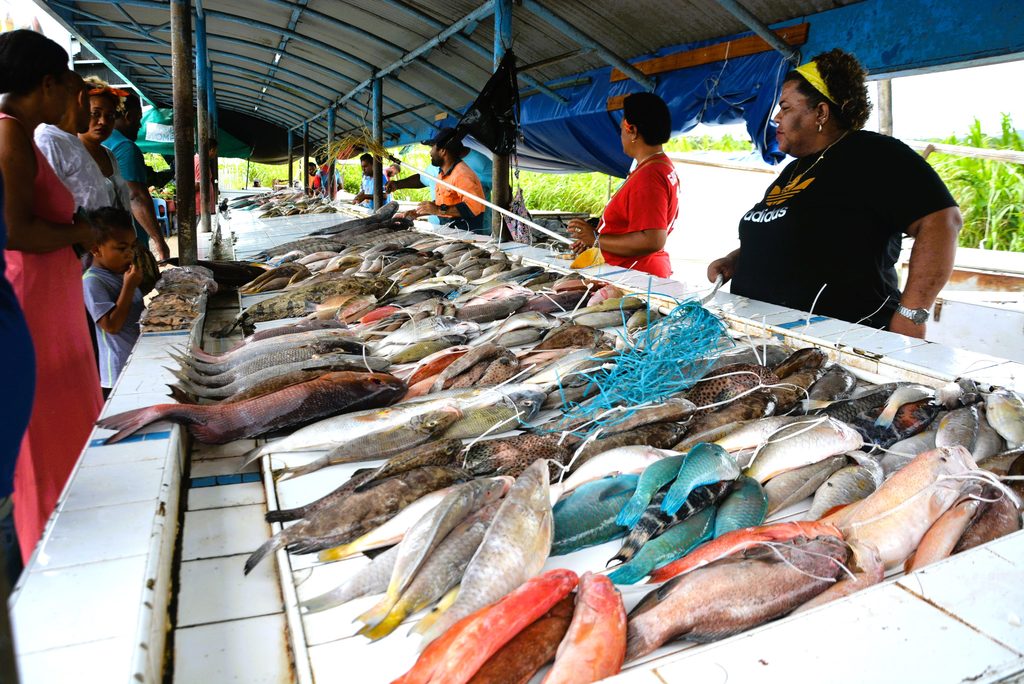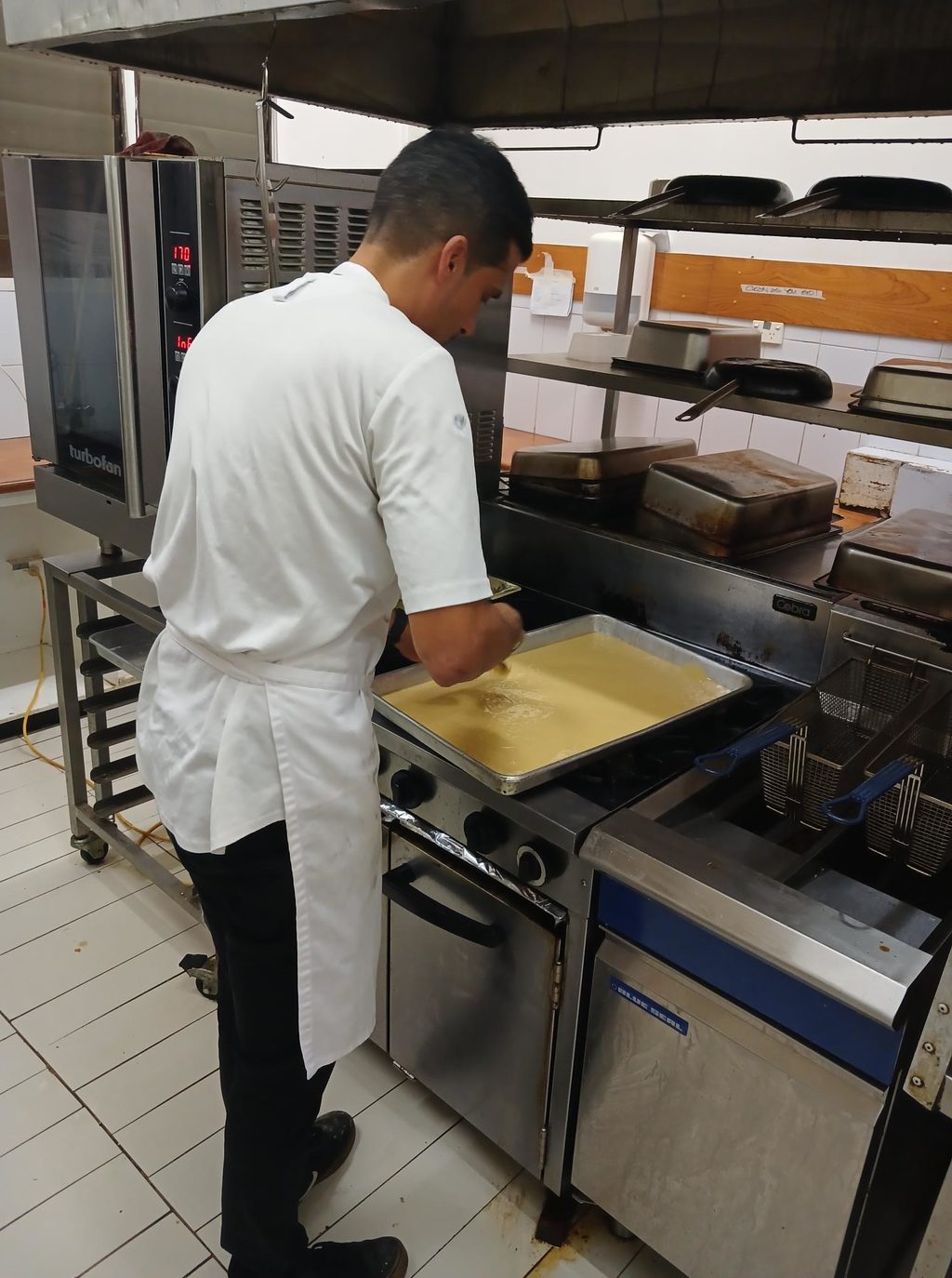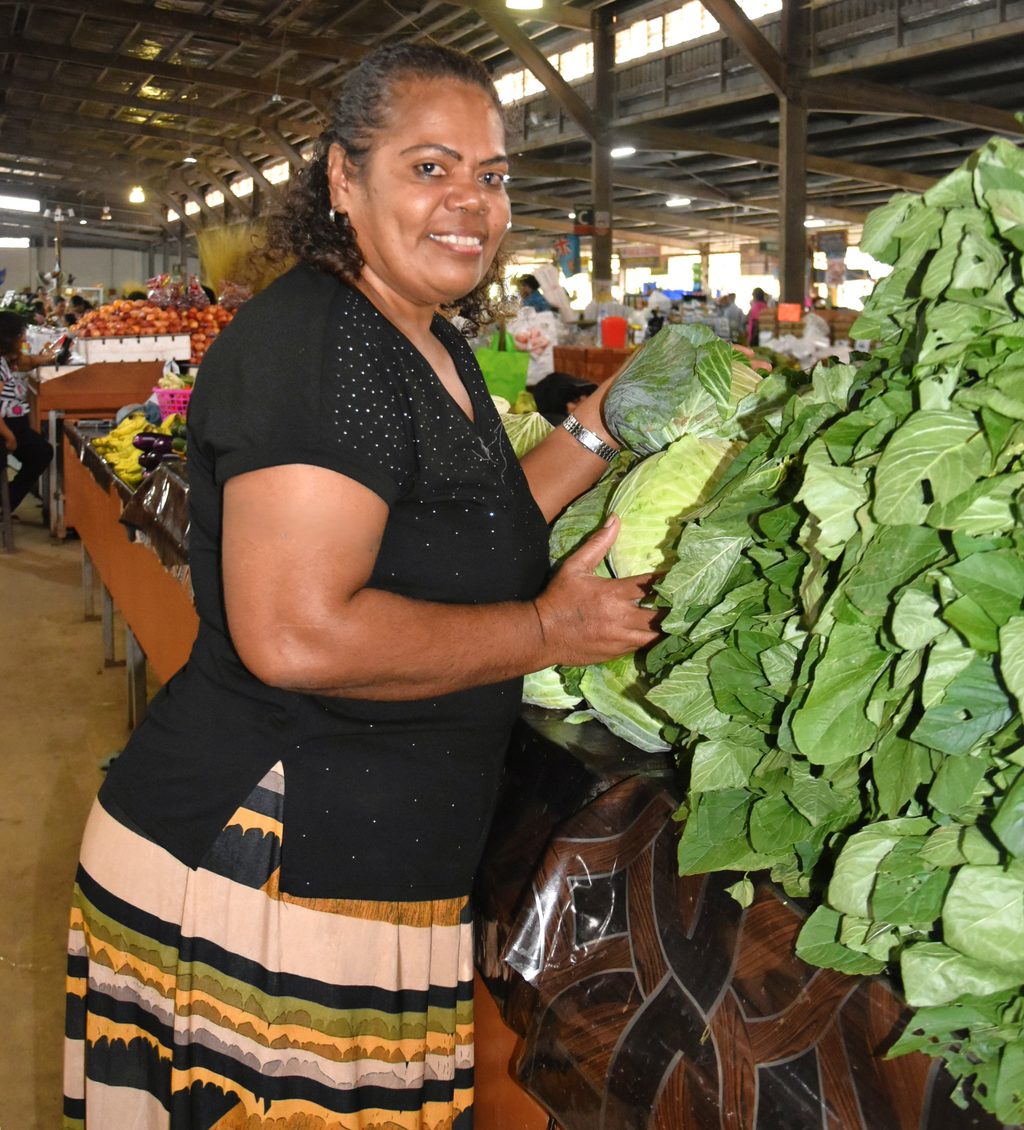Painted Desert Continuous Creation Story 2024: a series of six hot-blown glass Rainbow Serpent eggs. Photo: Museum and Art Gallery of the Northern Territory (MAGNT).
Flying over the sparse and speckled landscape of far north South Australia, Jennifer Kemarre Martiniello sprays her window with lens cleaner to get clearer photographs of the ever-changing landscape.
Unfolding beneath, the Painted Desert is a natural masterpiece; a dramatic display of orange, brown, red, yellow and white hues, layered within a landscape of striking slopes and shapes.
Around her, other passengers sleep, read or use their phone to pass the time.
“It’s like the plane is a capsule of separation,” Ms Kemarre Martiniello says.
“I want to direct people to how incredibly beautiful, mysterious, integrated and complete the land is in itself – and the patterns of the land and how it’s evolved.”
This inspiring environment and deep connection to Country has brought national recognition to Ms Kemarre Martiniello’s work.
Her latest piece, Painted Desert Continuous Creation Story 2024, has been named a finalist for the 2025 Telstra National Aboriginal and Torres Strait Islander Art Awards (NATSIAA), Australia’s longest running and most prestigious Indigenous art accolade.
The only finalist residing in the ACT, Ms Kemarre Martiniello OAM is a highly respected, award-winning artist of Irrwanyere Lower Southern Arrernte ancestry (part of the broader Arrernte nation of Central Australia).
A powerful cultural ambassador, educator and advocate for Indigenous arts, she has founded multiple initiatives supporting regional artists through mentorship and skills exchange – including the ACT Indigenous Textile and Glass Artists Group and the Honouring Cultures program.
Ms Kemarre Martiniello is most well known for her hot‑blown glass vessels which evoke traditional Aboriginal woven forms.
This new piece, created specifically for the awards, represents something different.
“When I put it [the artwork] in I thought ‘it probably won’t get up’ because it’s a really different work to what people know me for,” she said.
“So it was an absolute delight to get an email that said congratulations, you’re a finalist.”
The piece is a series of six hot-blown glass Rainbow Serpent eggs, evoking the traditional concept of continuous creation.
“I took the concept of Rainbow Serpent eggs because it attunes really beautifully with our concepts of the Everywhen, or the Always There – that past, present and future are always present.
“I did a series of Rainbow Serpent eggs a few years ago, based on my response to having been up in the Northern Territory and going to see ‘The Devil’s Marbles’. It was such a disconnect to me – this colonial concept that this country is so harsh and hostile that this is where the devil would have played marbles.
“This landscape, the huge rocks – these are the promise of continuous creation the Rainbow Serpent left in the form of its eggs.
“[The Painted Desert] is special to me because the songlines run from there into my grandmother’s traditional country, which is Lower Southern Arrernte country. My father was born in Hookeys Waterhole, near Oodnadatta – and you can see the tops of the pop-ups of the Painted Desert from there, so my father grew up looking at them.”
To replicate the ever-evolving landscape, Ms Kemarre Martiniello used repeating sequences – melting, layering, marvering – and repeatedly heating at about 760 degrees Celsius, while applying multiple overlays of mineral oxides and molten glass to mirror land markings and features.
The work was brought to life at Canberra Glassworks where Ms Kemarre Martiniello collaborated with a specialist team over six intensive four-hour sessions to create all six eggs.
“I’m incredibly lucky to have the Glassworks – it’s extraordinary. It’s the only facility in the southern hemisphere where you can do every technique in glass. The only other facility like that is in Toyama in Japan,” she said.
“Lots of international and national artists come to the Glassworks to do residencies, projects and masterclasses – so I’ve gotten lots of benefit from having a studio there.”

Jennifer Kemarre Martiniello is the only Canberran chosen as a finalist in the 2025 Telstra National Aboriginal and Torres Strait Islander Art Awards (NATSIAA). Photo: Museum and Art Gallery of the Northern Territory (MAGNT).
One fascinating element of Ms Kemarre Martiniello’s work is the way she blends contemporary materials with traditional techniques.
Using the modern medium of glass to evoke Indigenous woven forms such as dilly bags and fish traps, her work honours heritage while also speaking to themes of adaptation and cultural resilience.
“For me, what’s important is that the object created invokes heritage and history, the incredible economy of design, as well as the harmony and sustainability of living within the environment.”
Ms Kemarre Martiniello also draws on global cultural traditions, utilising ancient Murano glass-blowing techniques into her practice.
“It gives me enormous pleasure to take cane techniques like Zanfirico, a centuries-old Italian technique from Murano, and appropriate it to create tributes to the oldest living weaving practice in the world and objects that in design are tens of thousands of years old,” she said.
“It doesn’t matter where you’re from or what cultural heritage you have – it’s the demands of the creative spirit that simply lead you towards things you can use and things you need to learn to help you in your journey. That creative spirit doesn’t know things like country boundaries and nationalities.”
Ms Kemarre Martiniello said awards such as NATSIAA provided an important affirmation to artists that their creation held value to others, while also sending wider messages.
“On a national level, it’s really important the country and the world knows Indigenous arts is a manifestation of something ancient, but it is also contemporary,” she said.
“It has a message, about adaptability and renewal and regeneration and continuity, that people need to hear and accept.”
Her advice for young Indigenous artists: just go for it.
“My grandmothers used to say ‘What’s born in, will come out’. If it’s in there, it’s not going to give you any peace until you let it out and you’ll find the ancestors are always there with a helping hand.”
Painted Desert Continuous Creation Story 2024 is a finalist in the Wandjuk Marika Memorial 3D Award. Selected from 216 entries, all finalists will be exhibited at the Museum and Art Gallery of the Northern Territory (MAGNT), Darwin, until 26 January 2026. Winners will be announced on 8 August 2025.






